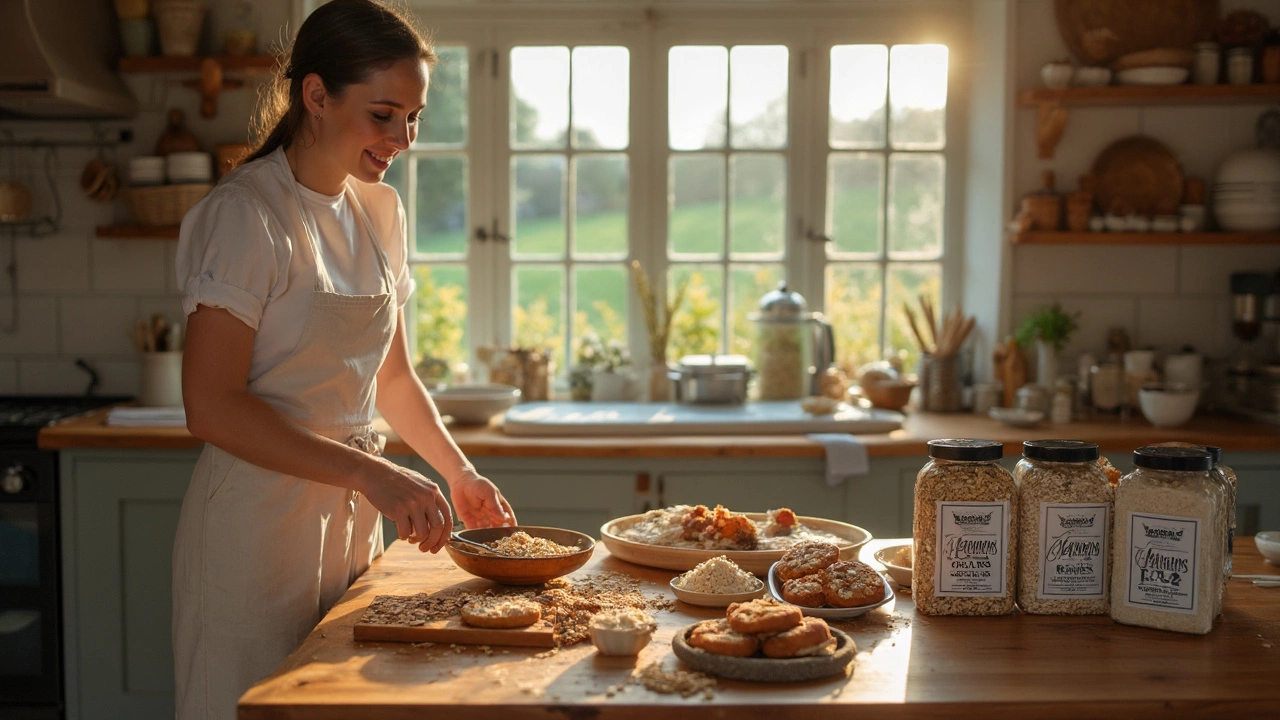
Alright, so oats are often considered a confusing ingredient for those on a gluten-free journey. Many people wonder if oats are truly gluten-free, and it's a good question! Oats themselves don't contain gluten, which is a protein found in wheat, barley, and rye. But before you rush to include oats in your gluten-free cakes, there's a catch.
Here's the deal: more often than not, oats meet gluten through cross-contamination. It happens during farming, processing, or storage, where oats bump into gluten-rich grains. That sneaky contamination is why some oats harbour unwelcome gluten traces. So, if you're sensitive to gluten or have celiac disease, this is something to watch out for.
But don't worry, if you're craving that oat texture in your bakes, there are still safe options out there! You can find certified gluten-free oats. They're processed in dedicated facilities to keep them safe from gluten. Finding the right oat brand can be a game-changer for your gluten-free cakes. Stick around to learn how to make oats a delicious and safe part of your gluten-free kitchen!
- Understanding Oats and Gluten
- The Cross-Contamination Conundrum
- Reading Labels Like a Pro
- Certified Gluten-Free Oats
- Incorporating Oats in Gluten-Free Baking
- Tasty Gluten-Free Cake Recipes with Oats
Understanding Oats and Gluten
Let’s break it down. Oats are naturally gluten-free. That means oats in their pure form don't have any gluten in them. Gluten is the protein responsible for that stretchy, chewy sensation we get from products like bread or pasta, and it's found in wheat, barley, and rye. So far so good, right?
Now, here’s where it gets a bit tricky. Even though oats are safe for most people avoiding gluten, the problem arises during production. You see, oats are often grown and processed right alongside gluten grains. This is where the dreaded gluten contamination comes into play. Think about it, they’re all packed together, harvested together, and sometimes even transported in the same facilities. All these factors increase the chance of tiny amounts of gluten sneaking into your oats.
Why Some Can't Tolerate Oats
Some people, especially those with celiac disease, can't handle even the smallest amount of gluten. The immune response can be triggered, leading to digestive issues or other health problems. On top of that, a small percentage of folks are sensitive to a protein in oats called avenin, which can cause symptoms similar to gluten sensitivity. It’s like a double whammy.
If you’re unsure whether oats will be friendly to you, it might be a good idea to talk to your doctor or a dietitian. They can provide personalized advice and maybe even run tests to see if oats could fit into your gluten-free lifestyle.
But don’t lose hope. The world of oats offers plenty of options, especially if you’re craving them in your gluten-free cakes. Stick around to learn which ones are safe and how to score them deliciously in your kitchen adventures.
The Cross-Contamination Conundrum
When it comes to putting oats into your gluten-free lifestyle, cross-contamination can feel like a pesky hurdle. The thing is, oats often share farming and processing equipment with gluten-loaded grains like wheat, barley, and rye. This can lead to traces of gluten sneaking into what should be your gluten-free oats.
The Trouble with Shared Equipment
Shared harvesting machines and storage facilities are the usual suspects here. Imagine a combine running through a wheat field one day, then an oat field the next. Even a tiny residue of wheat can lead to contamination. This means that your seemingly harmless oats might wind up jeopardizing your gluten-free meals and cakes.
Also, the milling process can be risky. Facilities that process multiple grains can unintentionally swap traces of gluten between batches of grain. It's like oats stepping on gluten-covered dance floors! This makes selecting the right oats critical.
Facts and Stats: Why Certification Matters
If you live gluten-free, certified gluten-free oats are your best friend. Brands like Bob's Red Mill or GF Harvest offer oats tested for gluten. They use specific facilities that ensure zero contacts with gluten grains.
| Regular Oats | Certified Gluten-Free Oats |
|---|---|
| Processed with multiple grains | Handled in dedicated gluten-free facilities |
| Risk of gluten contamination | Strict testing for gluten traces |
If you have celiac disease, going for certified oats isn't just an option—it's essential. This ensures you avoid the lurking gluten threats that non-certified oats may carry.
Now that we've spotlighted the risks and facts, understanding this conundrum can help you safely incorporate oats into your diet without the gluten boogeyman hiding in your pantry. So, are oats safe in your journey towards gluten-free cakes? With a little vigilance, they sure can be!
Reading Labels Like a Pro
Shopping for gluten-free products can sometimes feel like solving a mystery. But don't sweat it—once you're familiar with reading labels, it gets much easier. Let's crack this together.
Key Terms to Spot
When you're in the grocery aisles, start by looking for labels that clearly state "Certified Gluten-Free." These are processed in facilities that ensure products are free from gluten contamination. You want to see this assurance especially when you're grabbing oats.
Understanding the Symbols
Some products come with symbols or logos indicating they're gluten-free. Keep an eye out for stamps or badges from organizations like the Gluten-Free Certification Organization (GFCO). This means your food has passed rigorous testing and should be safe for your gluten-free diet.
Inspecting Ingredients
Turn the package around and check out the ingredient list. Beware of tricky ingredients like malt extract or barley, which often sneak in. It’s always wiser to double-check when a product doesn’t explicitly say it’s gluten-free.
The Cross-Contamination Risk
Sometimes you'll see disclaimers like "processed in a facility that also processes wheat." While these are not meant to scare you, they are crucial for those with severe gluten intolerance or celiac disease. Stick with the brands you trust.
Quick Shopping Tips
- Do a quick online search of brands before hitting the store. Some brands are more transparent about their gluten-free processes.
- Keep a list of trusted brands that offer gluten-free oats.
- Join online gluten-free communities. Other shoppers often share their label-reading adventures and tips.
Once you’ve got the hang of reading these labels, you're all set to score some safe oats for your baking adventures!

Certified Gluten-Free Oats
If you're aiming to go truly gluten-free with your oat choices, the certified label is your best buddy. Certified gluten-free oats have been processed with a sharp eye for any sneaky gluten grains trying to crash the party. This means they're tested rigorously to make sure they meet gluten-free standards and are below the FDA's limit of 20 parts per million (ppm).
Now, why is certification important? Simple—it’s peace of mind. If you see oats on the shelf labeled as certified gluten-free, you're looking at oats that have been produced in facilities dedicated to keeping wheat, rye, and barley far, far away. Basically, they're oats with a restraining order against gluten!
The Benefits of Certified Oats
First off, you get to enjoy all the goodness oats bring to the table. We're talking about a nutrition-packed powerhouse that's full of fiber, not to mention low in fat, and it carries a decent punch of protein. Plus, if you're missing oatmeal cookies or want to whip up some gluten-free cakes, these oats are your go-to.
How to Choose the Right Brand
When shopping, look for brands like Bob’s Red Mill, GF Harvest, or Quaker Gluten-Free. They’ve earned trust through consistent quality and reliability. Check the packaging carefully for the certified symbol.
- Verify the certification: Make sure there's an official seal on the package.
- Research the brand: Look up their production practices to ensure they're dedicated to gluten-free processing.
- List of trusted brands: Consider options like Bob's Red Mill and GF Harvest for safe gluten-free baking.
Incorporating certified gluten-free oats means you don't have to miss out on any oat-infused goodness, and you can still satisfy those cake cravings without the gluten drama!
Incorporating Oats in Gluten-Free Baking
So you've got your gluten-free oats, and you're ready to dive into the world of baking. Oats can add an awesome flavor and texture to your gluten-free cakes. Let's break down how to use them best.
The Basics: Oat Flour vs. Whole Oats
First off, you can use oats in a couple of forms. There's oat flour, which is super fine and great for making fluffy cakes. Then there are rolled oats or quick oats, which add that nice chewy texture. You can even make your own oat flour by blitzing oats in a food processor until fine. Easy, right?
Mixing Oats into Your Recipes
When it comes to adding oats or oat flour to your recipes, start by replacing a portion of your usual flour. A good rule of thumb is to replace about 25-30% of the flour in your recipe with oat flour. If you're using oats for texture, just toss a handful into your batter.
- For a fluffy cake, use oat flour to replace part of the regular gluten-free flour blend.
- For added texture, sprinkle rolled oats on top before baking—they toast up nicely!
Keeping Moisture in Check
Oats tend to soak up moisture, so you might need to adjust your liquid ingredients slightly. Don't be afraid to experiment by adding an extra egg or a splash of milk if the batter seems too thick.
Testing Your Results
Bake a small test cake or even a muffin before committing to a full recipe. This way, you can see if the texture is to your liking and make adjustments as needed. Remember, baking is all about having fun and trying new things!
| Type | Replacement |
|---|---|
| Oat Flour | 25-30% of total flour |
| Whole Oats | As topping or mix-in |
By incorporating oats into your gluten-free cakes, you’ll enjoy that wholesome taste and boost your baking game. Play around with different recipes, and who knows? You might discover the next big hit in your kitchen!
Tasty Gluten-Free Cake Recipes with Oats
So you're ready to get baking with oats? Awesome! When done right, oats can add a lovely, chewy texture to your gluten-free cakes while still being safe to eat. Let’s dive into some delectable recipes that’ll have you reaching for that bag of oats in no time.
Delicious Oat Flour Chocolate Cake
If you're a chocolate lover, this one's for you. Oat flour is a fantastic alternative to traditional wheat flour. For a rich chocolate cake, you'll need:
- 1 cup of certified gluten-free oat flour
- 1/2 cup of cocoa powder
- 1 cup of sugar
- 1/2 teaspoon of baking powder
- 1/4 teaspoon of salt
- 2 large eggs
- 1/2 cup of milk (or any plant-based substitute)
- 1/2 cup of vegetable oil
- 1 teaspoon vanilla extract
Mix the dry ingredients in one bowl and the wet ones in another. Combine them until smooth, pour into a greased cake tin, and bake at 350°F (175°C) for about 30 minutes or until a skewer comes out clean. Voilà, a gluten-free delight!
Blueberry Oat Cake
For something fruitier, give this a try:
- Preheat your oven to 375°F (190°C).
- In a bowl, combine 1.5 cups of gluten-free oats, 1 cup of almond flour, 1 teaspoon of baking soda, and a pinch of salt.
- In a separate bowl, whisk together 3/4 cup of honey, 1/3 cup of coconut oil, and 2 eggs.
- Blend the dry and wet mixtures, then fold in 1 cup of blueberries.
- Pour into a cake pan and bake for 25-30 minutes.
"The heart-healthy beta-glucan found in oats can lower cholesterol levels, making it a wholesome choice for guilt-free indulgence." - The Honest Kitchen
Making cakes with oats is not only yummy; it’s a healthy choice too! Remember, using gluten-free oats ensures your treats are safe for all. And whether you're into chocolate or fruity flavors, oats have got you covered! Happy baking!


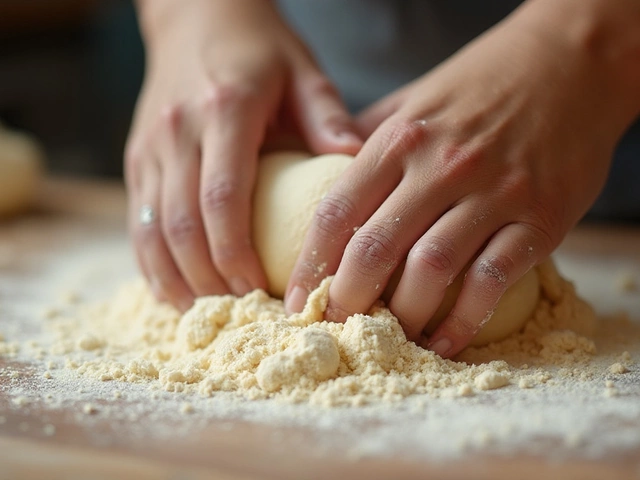

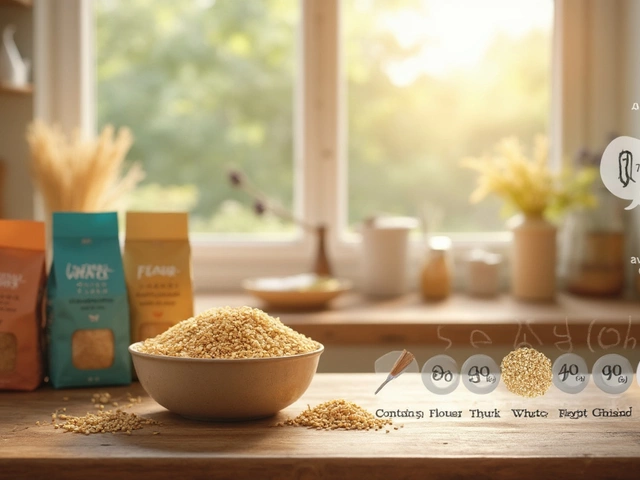



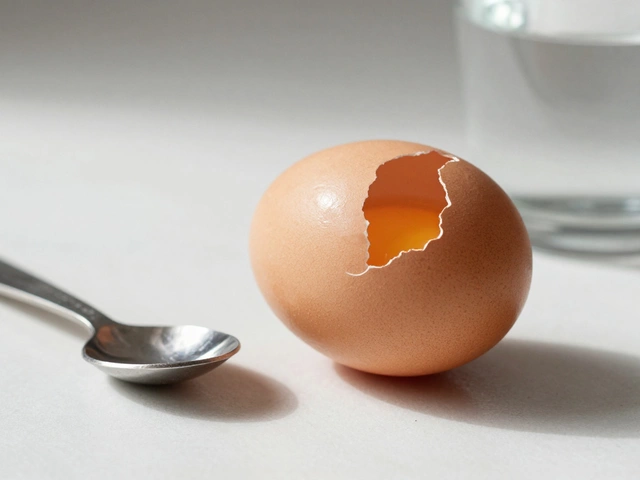


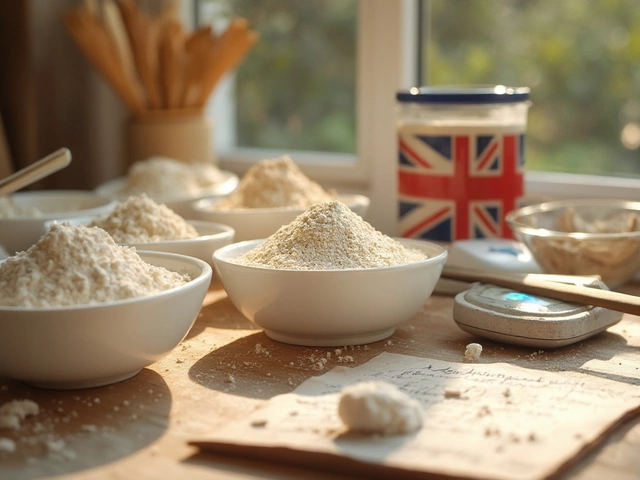
Write a comment